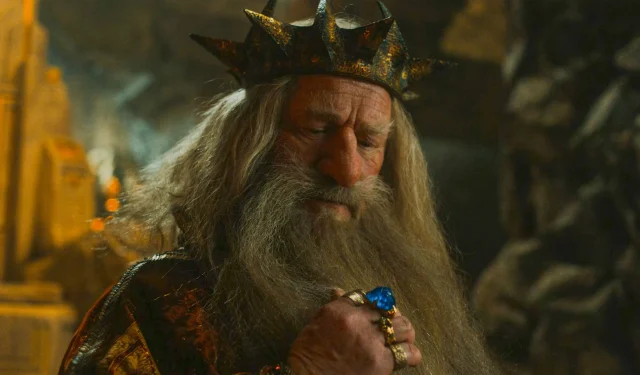
Sauron’s ascent to dominion in The Lord of the Rings is fundamentally tied to his manipulation of the Rings of Power. Each ring possesses distinct influences depending on its bearer. Notably, the three Elven rings, crafted solely by Celebrimbor, elude corruption by Sauron. In stark contrast, the nine Rings granted to Men and the dwarves’ own Rings of Power have dire repercussions. Specifically, Men who wield these rings succumb to becoming Ringwraiths, while the dwarven bearers find themselves ensnared by greed.
This theme of insatiable greed becomes particularly evident in the upcoming second season of The Rings of Power. The character King Durin III attempts to leverage the power of the Rings to command greater tax contributions from his fellow Dwarven leaders. His reckless digging in Khazad-dûm in pursuit of wealth serves as a testament to his ambition, ultimately culminating in his own ruin. This begs the question: why do the Dwarves exhibit such pronounced greed when influenced by the Rings of Power? The literary works of J.R.R. Tolkien provide crucial insight into this phenomenon.
Early Avarice of the Dwarves in Tolkien’s First Age
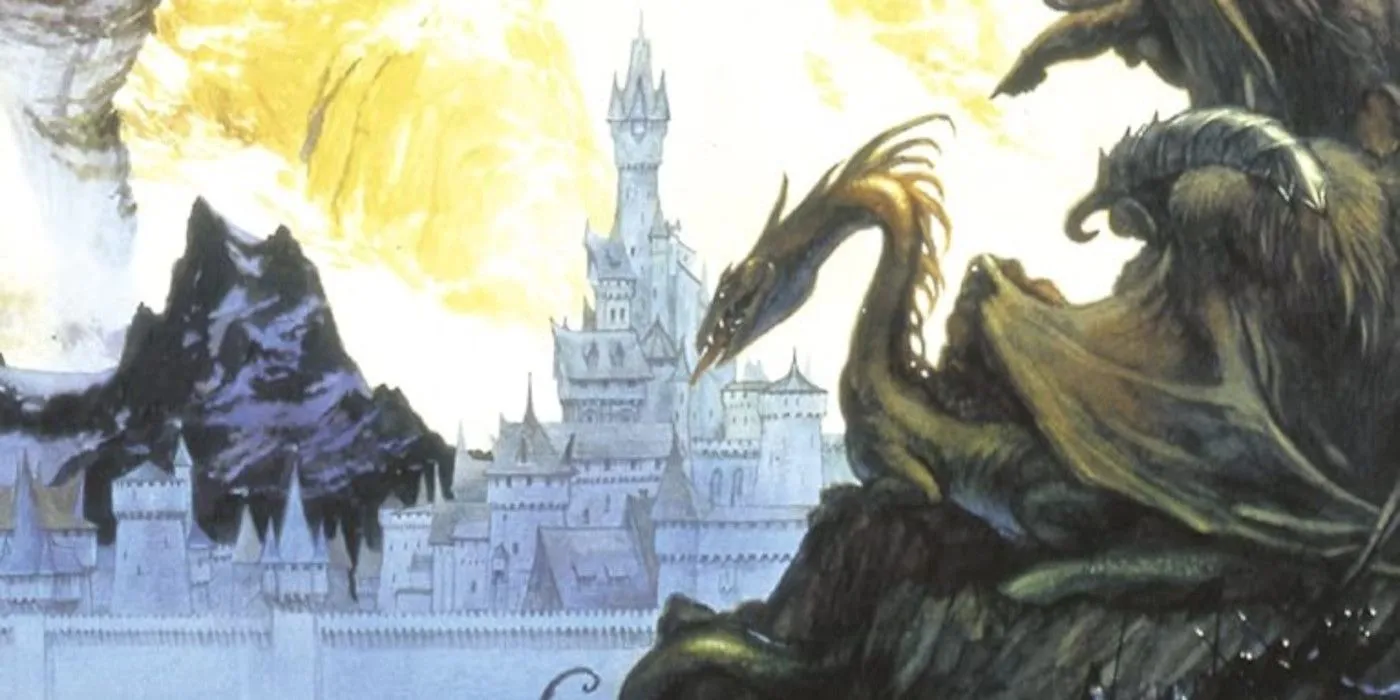
Before the emergence of the Rings, Dwarven greed was already deeply rooted within Tolkien’s universe. This is exemplified in the First Age with the story of the Nauglamír, a renowned necklace fashioned by the Dwarves of Nogrod and Belegost given to King Finrod Felagund. The tale reveals that the Dwarves were subsequently tasked by the Elven King Elu Thingol to incorporate one of the Silmarils into this exquisite necklace.
However, the Dwarves’ insatiability became apparent when they refused to return the Nauglamír after modifying it, even resorting to violence against Thingol. This incident sowed discord between the Dwarves and the Elves, illustrating the Dwarves’ inherent greed. While not every Dwarf embodies this avarice, the story of the Nauglamír stands as a clear precursor to the subsequent effects of the Rings of Power.
Amplification of Greed by the Seven Rings
Sauron’s Limited Influence Over the Dwarves
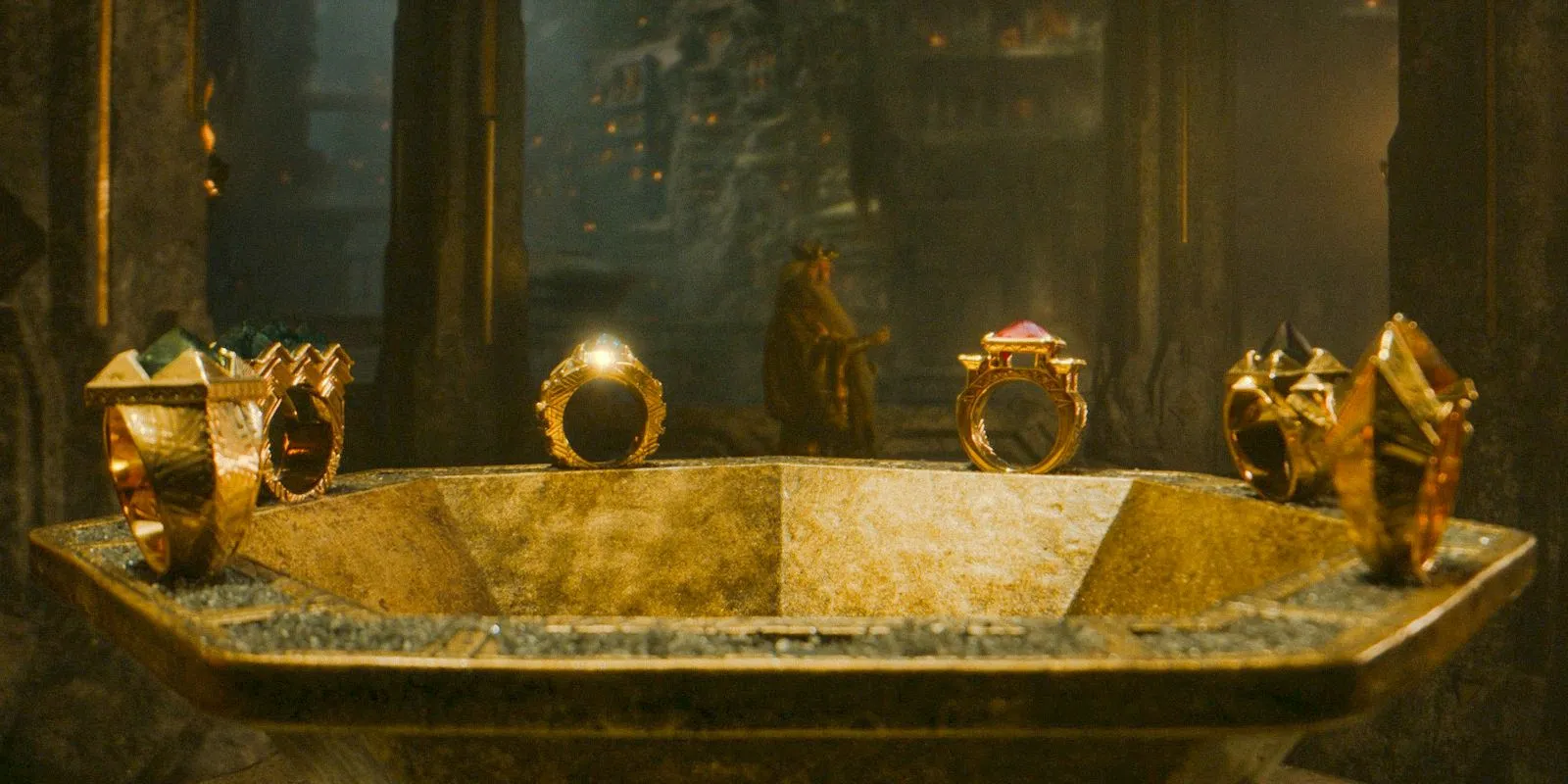
While Sauron designed the Rings of Power to exert significant control over the Dwarves, they exhibited a resilience that thwarted his intentions. Unlike Men, who were easily swayed and ultimately rendered invisible and transformed into Nazgûl, the Dwarves demonstrated a robustness that precluded Sauron’s direct manipulation. Consequently, the effect of the rings was not one of subjugation but rather a distortion of personality, intensifying their inherent greed.
The Path to Ruin Induced by the Seven Rings
Isolation as a Catalyst for Downfall
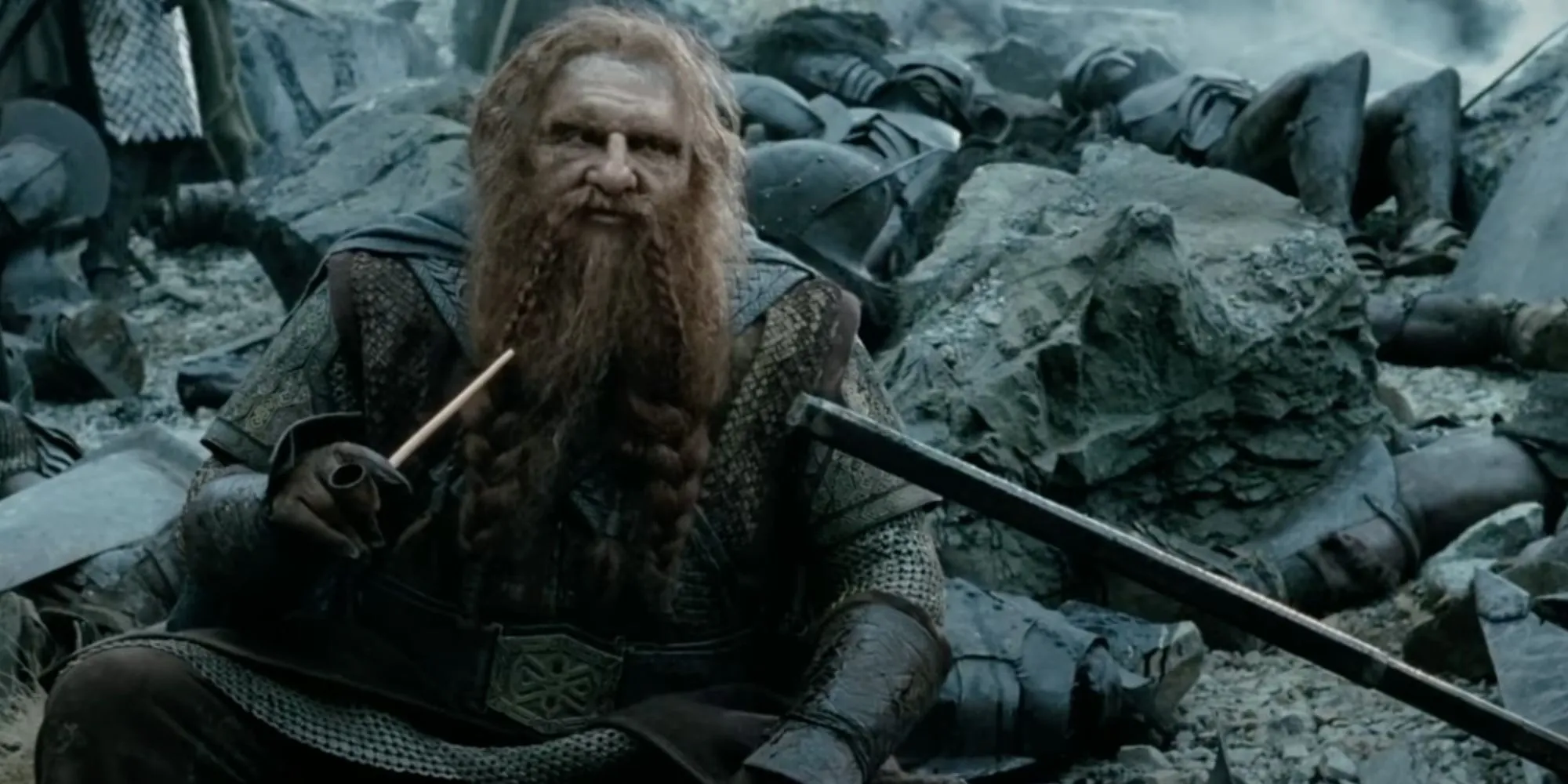
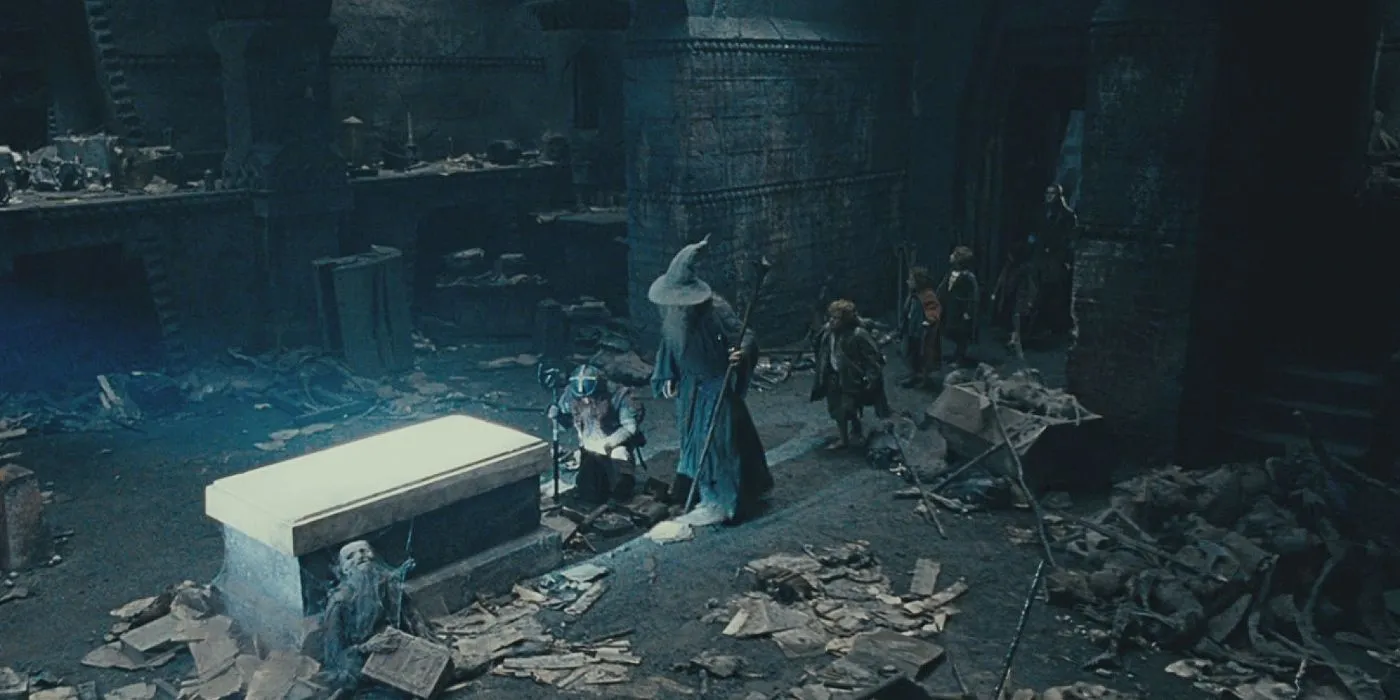

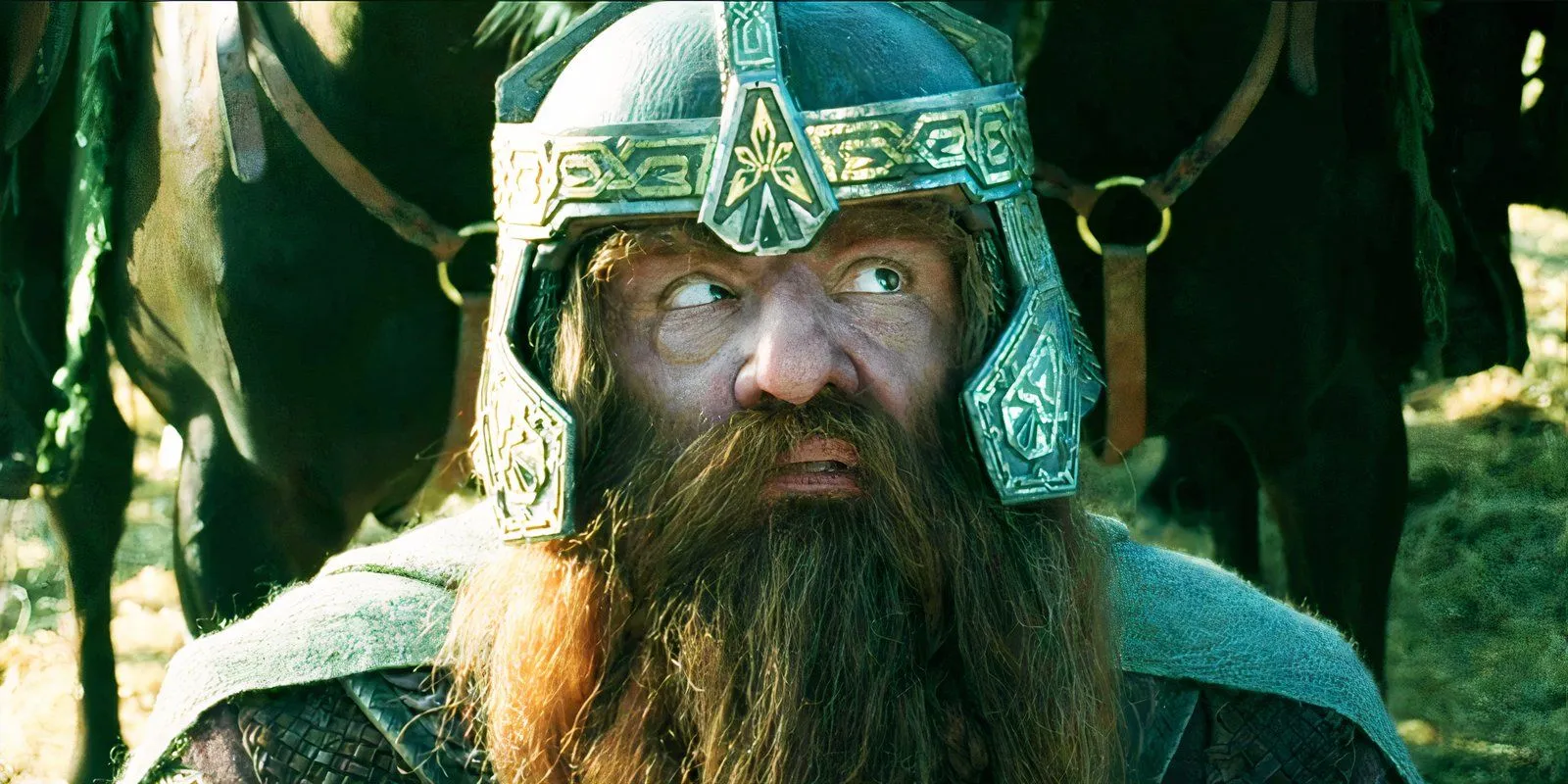
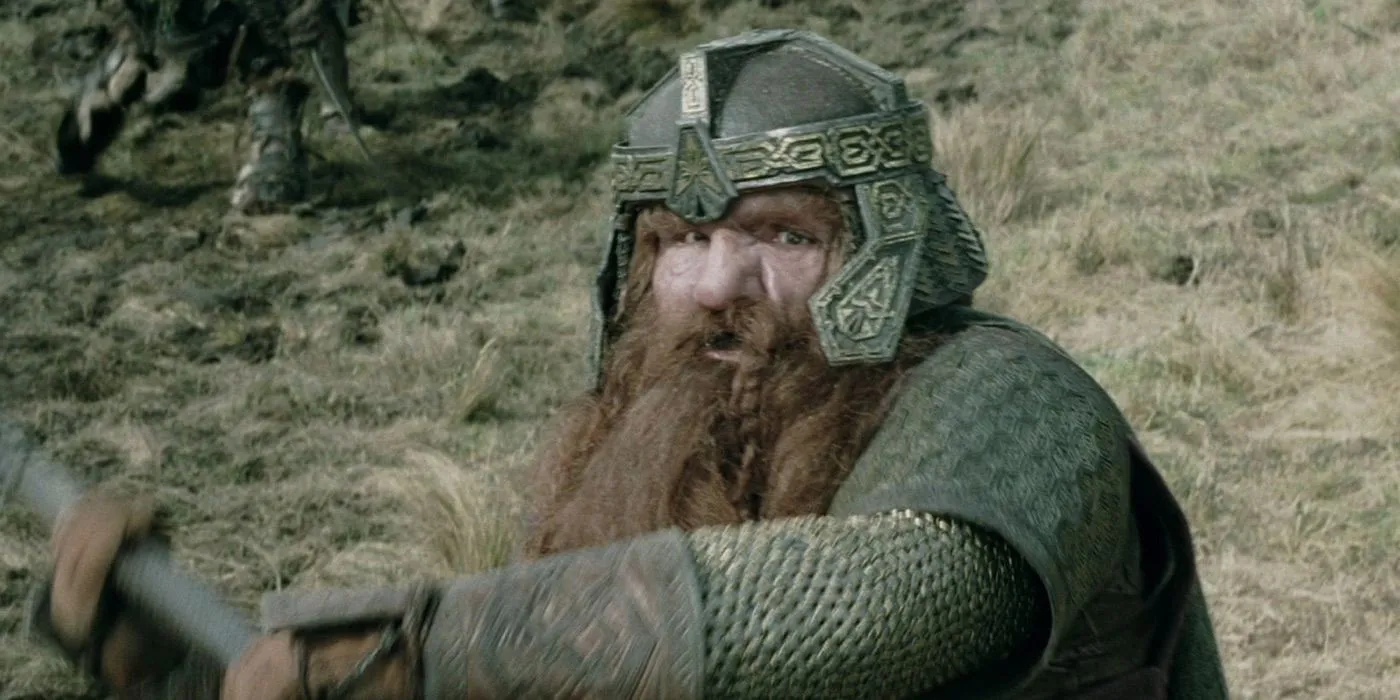
The repercussions of the Seven Rings ultimately led to a form of Dwarven ruin, albeit distinct from that experienced by Men. The Rings exacerbated their mean-spiritedness and avarice, aligning with Sauron’s ulterior motives. Consequently, Dwarven societies grew more insular, prioritizing greed over unity, leaving them vulnerable to external threats. Elrond poignantly notes in The Lord of the Rings, “They hide in their mountains seeking riches, they care nothing for the troubles of others.”
In the aftermath of The Lord of the Rings, characters like Gimli attempted to restore Dwarven prominence, reflecting a resilient spirit. However, the Fourth Age heralded the Age of Men, marking a decline in Dwarven influence, a fate foreseen during their earlier actions in the First Age and exacerbated by the cries of the Rings of Power.




Leave a Reply